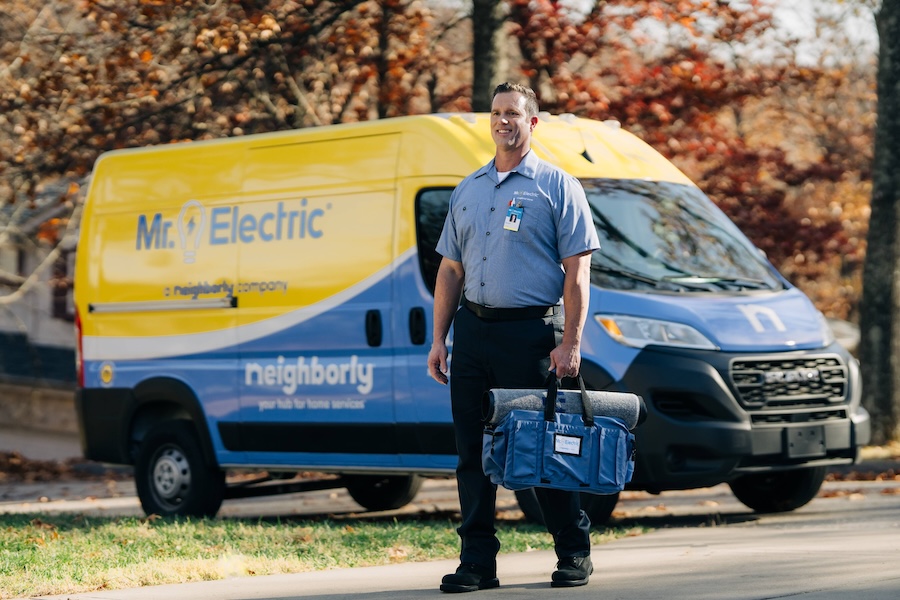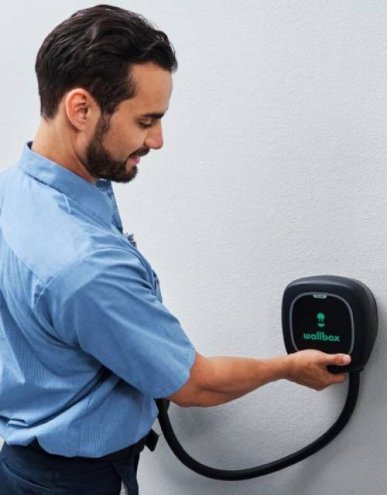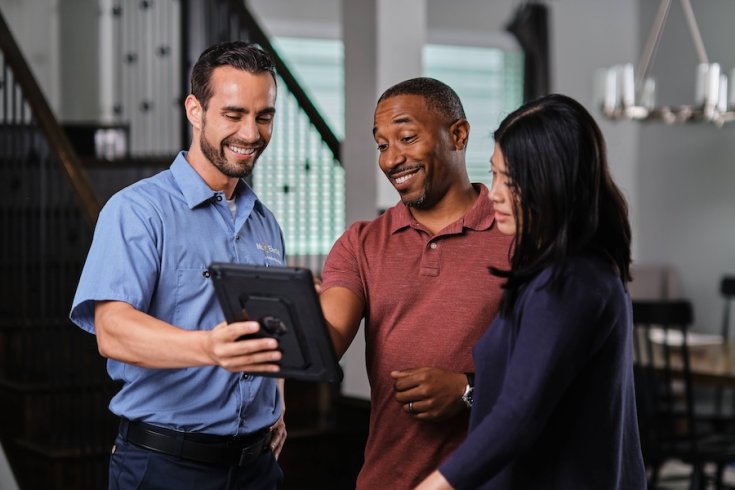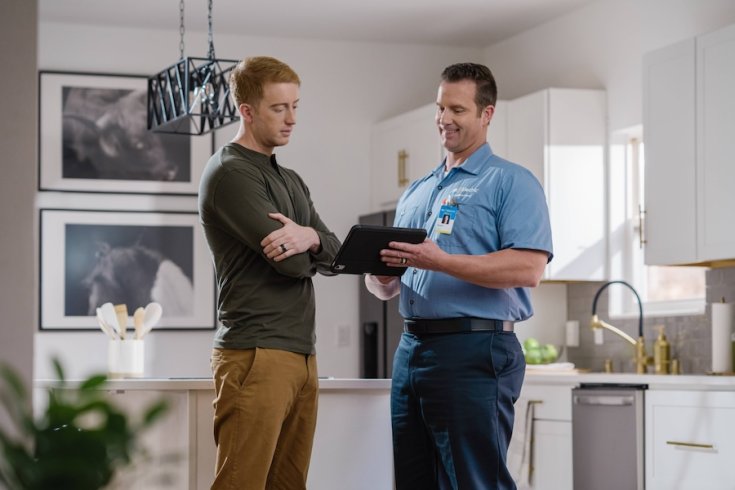Most people don’t think twice before plugging something into the wall. A lamp, a laptop, or even a vacuum cleaner typically runs just fine on a standard 120-volt outlet. The rules change when it comes to heavy hitters like ovens, dryers, or air conditioners, however. These appliances need significantly more power than smaller electronics, and that demand is only safely met with a dedicated 240-volt circuit.
So what happens if you ignore the rules and plug these power-hungry machines into the wrong circuit? In this brief article brought to you by Mr. Electric, we break it down to shed light on both the risks and the solutions. If you'd rather consult a certified electrician, then call or message Mr. Electric to hire a uniformed local professional.
When a Large Appliance Meets a 120-Volt Circuit
Most household outlets in the U.S. are 120 volts, and they’re perfect for lamps, TVs, and small electronics. These circuits are usually rated for 15 or 20 amps; that translates into about 1,800–2,400 watts of power.
Now think about a clothes dryer, oven, or large air conditioner which often demand 4,000–6,000 watts or more - each. If you try to run one of these on a standard 120v outlet, then expect to experience one or more of the following:
- The appliance underperforms. You might find it takes forever work right, or it refuses to run altogether. Moreover, appliances are designed for a certain amount of voltage. "Undervolting" them can cause stress and premature wear.
- The circuit overloads. In an attempt to pull more current than the wiring can handle, the breaker will usually trip to cut off power to the circuit. This is your system’s way of saying "too much!" ... and thankfully so.
- Wiring overheats. If the breaker is faulty or the incorrect size, then the wires in your walls may heat up before the breaker shuts things down. Overheated wires can spark and cause fires.
In short, a large appliance will neither work properly nor safely if plugged into a 120-volt outlet. You'll need a dedicated 240-volt outlet... but even these specialized outlets have considerations.
Overloaded 240-Volt Circuits: A Hidden Threat
You might assume that as long as you’re using a 240v outlet for a big appliance, then you’re safe... but even these heavy-duty circuits have limits. For example, a dryer may need 30 amps while an electric range might require 50 amps. If multiple appliances or oversized loads are forced onto the same 240v circuit, then you might have trouble.
Here's what can happen if you plug too many appliances onto the same 240v outlet:
- Breaker trips under strain. Just like with a 120v overload, a properly functioning breaker should cut power if power demand exceeds the circuit’s rating. This is by design.
- Heat builds in the wiring. Again, too much electricity in too little wiring will create heat. The difference here is that heat builds faster and more intensely on a 240v line than on a 120v line.
- Damage to the appliance. Overloaded circuits can create voltage fluctuations that stress motors, compressors, and heating elements (to name a few victims). That shiny new oven or dryer you just bought could be prematurely damaged simply because the circuit wasn’t designed for the load.
Think of it this way: a 240v circuit is like a four-lane highway compared to the two-lane road of a 120v circuit. The four-lane highway can carry more traffic but it still has a speed limit and maximum vehicle load.
Why Dedicated Circuits Are the Answer
Dedicated circuits mean one appliance gets full and uninterrupted access to the power it needs - without competing with others. Safety always comes first, but it’s not just about avoiding hazards; it’s also about having your appliances perform the way they were built to... for as long as they're meant to.
An appliance circuit installation is not going to cost an arm and a leg, either. Mr. Electric offers upfront price quotes to prove it. You also get a 1-year workmanship guarantee so you can rest assured.
Call Mr. Electric Today
Whether you need an emergency electrical repair service or want to schedule an appointment with a certified electrician in Cottonwood Heights, the team at Mr. Electric is always ready to take your call or message. Contact us today, tonight, tomorrow, or whenever you need.







